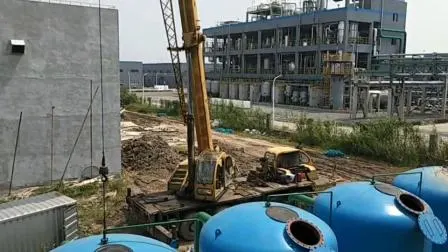
Multimedia Filtration Pressure Filter Automatic Backwash
Multimedia Filtration pressure FIlter Automatic Backwash Pressure vessels with sand or other loose media are widely used
Description
Basic Info.
| Model NO. | YLD-SF-1400 |
| Control Mode | Automatic |
| Power Supply | 380V/220V/110V 50Hz/60Hz |
| Working Temperature | 5--40c |
| Working Flow Speed | 20-35 M/Hour |
| Working Pressure | 0.6MPa/1MPa |
| Inlet and Outlet Diameter | Dn150mm/6 Inch |
| Quartz Sand | Buyer Provided |
| Tank Size | 1800*1950 |
| Flow Rate | 75-125 T/Hr |
| Product Name | Quartz Sand Filter |
| Transport Package | Plywood Case Into Container |
| Specification | CE, SGS |
| Trademark | YLD |
| Origin | Jiangyin, Jiangsu |
| HS Code | 8421219990 |
| Production Capacity | 5000 Sets/Year |
Product Description
Multimedia Filtration pressure FIlter Automatic BackwashPressure vessels with sand or other loose media are widely used in industrial filtration applications. During the cleaning cycle, called "backwash", the bed is lifted (or "fluidized") to loosen the filter media and release trapped dirt which is removed in the backwash flow.
After the backwash cycle, the bed is allowed to settle before the filter is returned to service (i.e., normal flow). A "filter-to-waste" cycle is used following the settling to assure the filtration media has sufficiently re-stratified and that any loose dirt is removed from the underdrain / collectors.
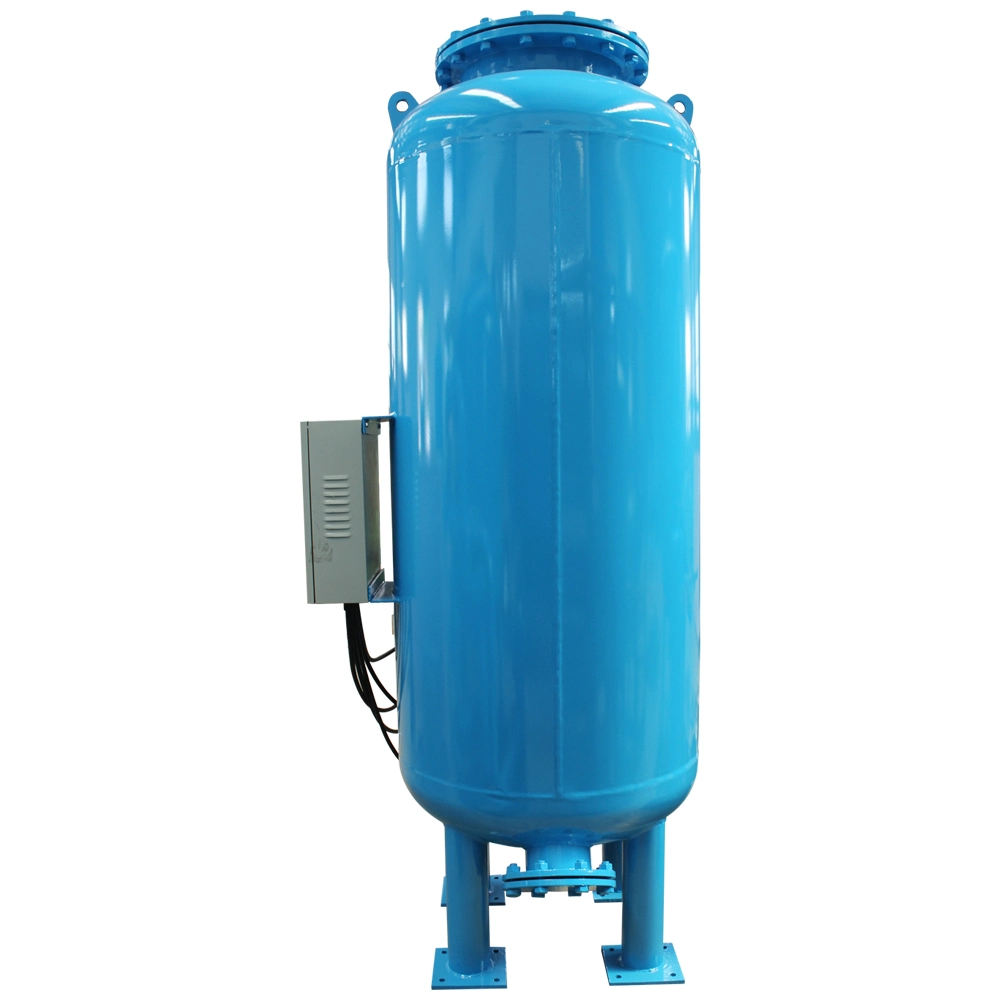

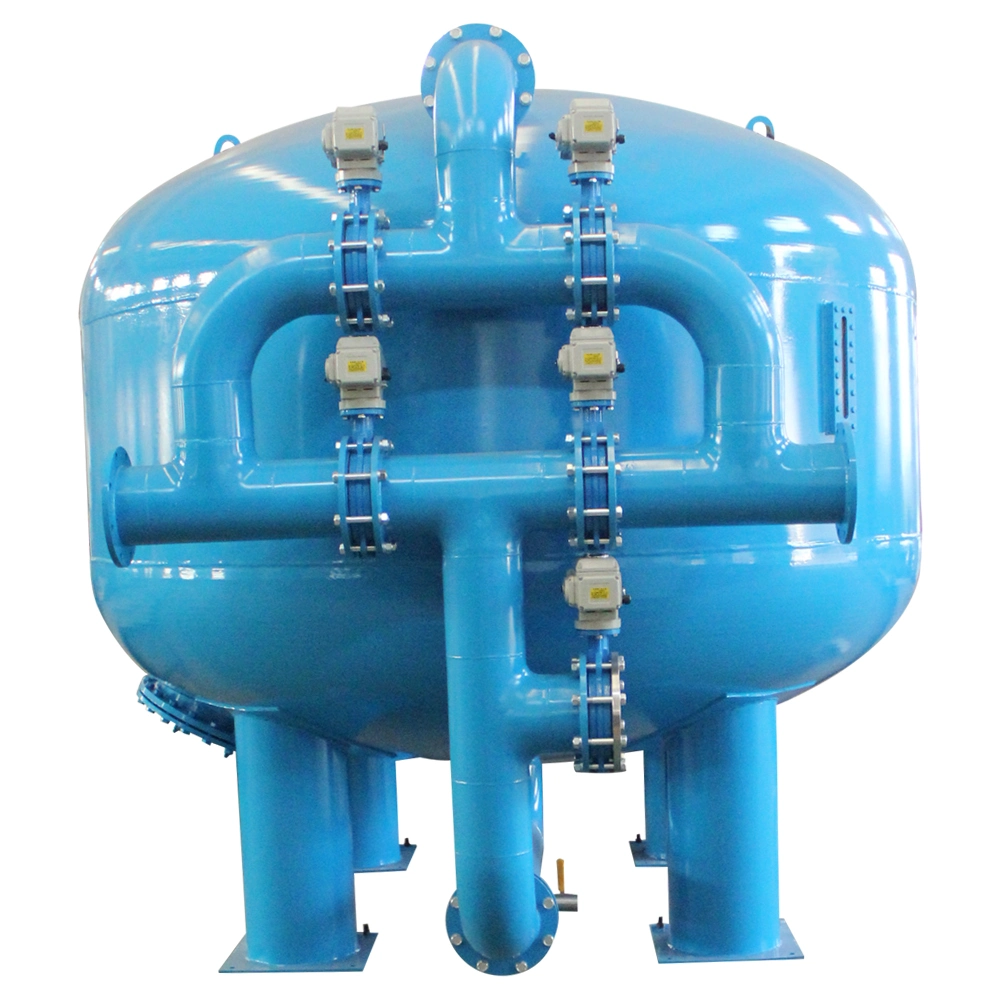
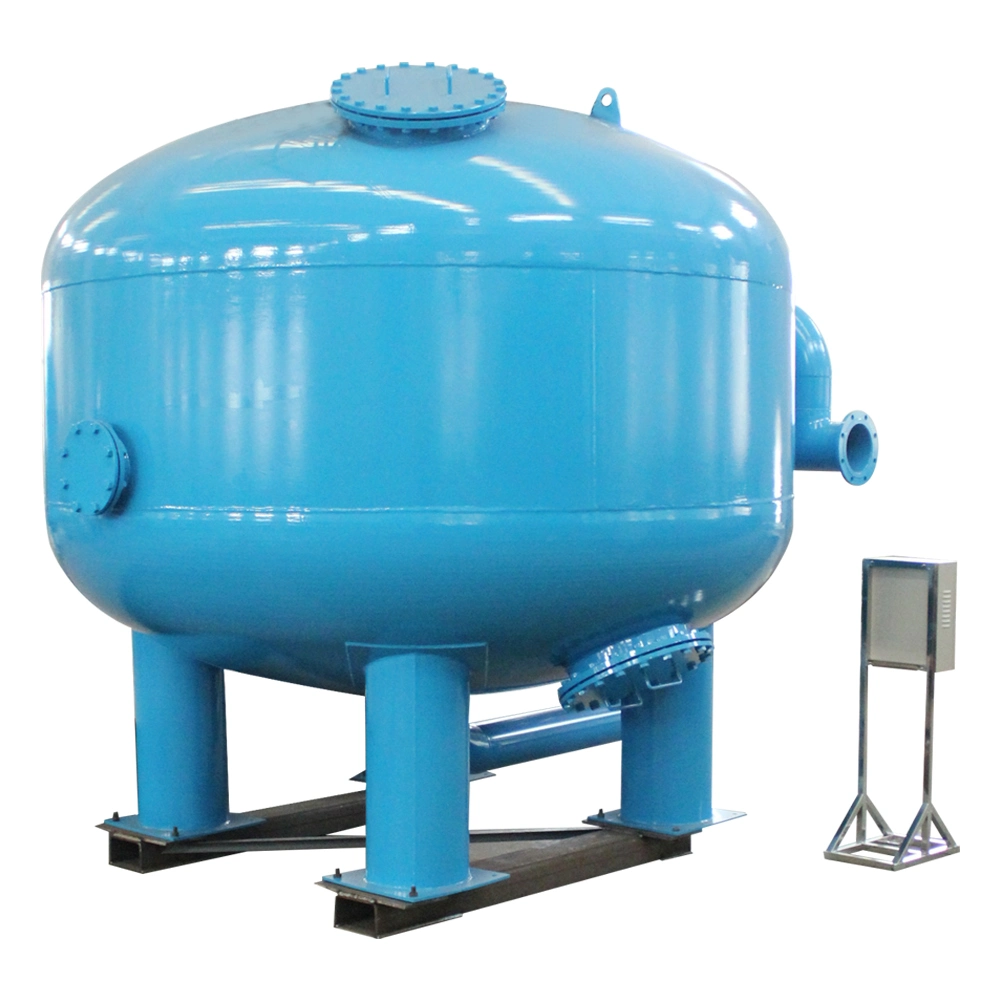
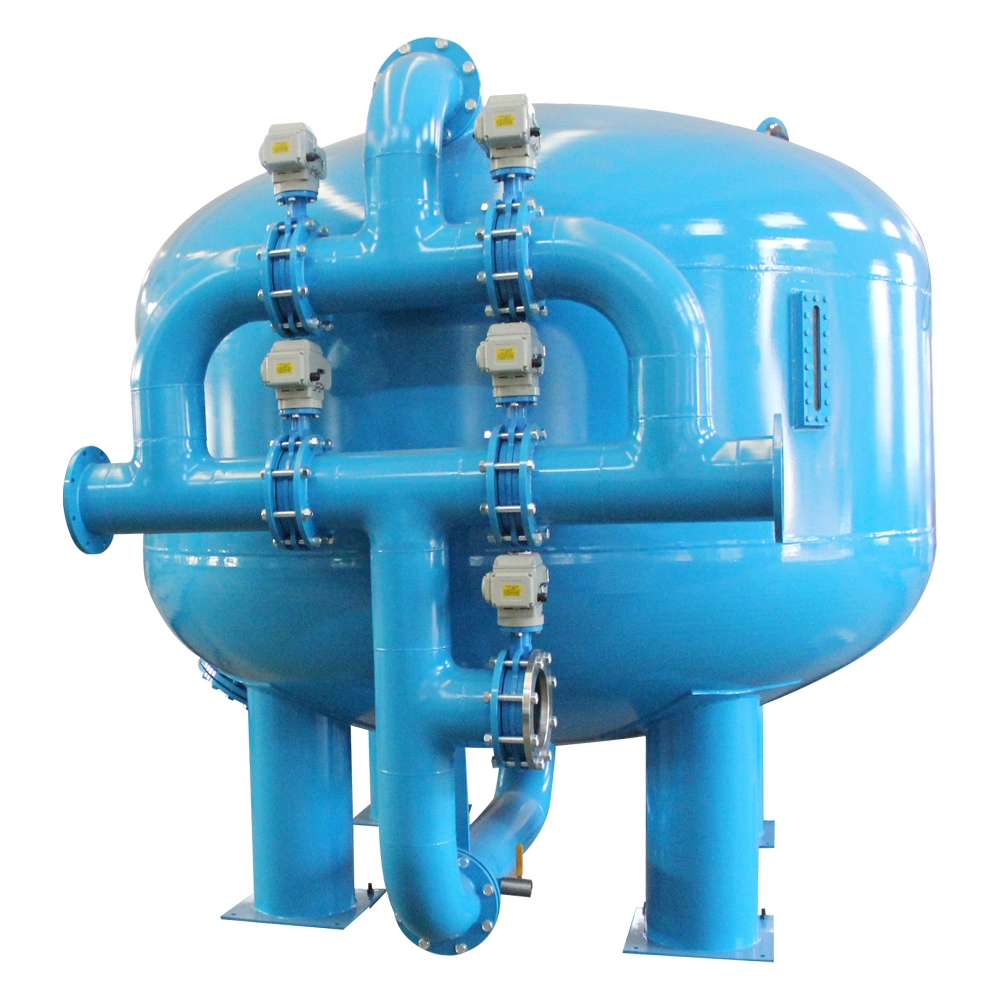
Multimedia filtration refers to a pressure filter vessel which utilizes three or more different media as opposed to a "sand filter" that typically uses one grade of sand alone as the filtration media. In a single media filter, during the "settling" cycle, the finest or smallest media particles remain on top of the media bed while the larger, and heavier particles, stratify proportional to their mass lower in the filter. This results in very limited use of the media depth since virtually all filterable particles are trapped at the very top of the filter bed or within 1-2 inches of the top where the filter media particles have the least space between them. The filter run times are thus very short before the filter "blinds" or develops so much head pressure that it must be backwashed to avoid seriously impeding or stopping the flow.
Multi media filters typically utilize three layers of media for multimedia filtration: anthracite, sand and garnet. These media are often chosen for use in multi media filters due to the distinct differences in their densities. Anthracite is the lightest filtration media per unit volume, followed by sand, and then garnet.
The Benefits of Multimedia Filtration over Conventional Sand Filters
Unlike traditional sand filters, multi-media water filters are composed of three filtration media, ordered in decreasing porosity. Because of their multi-layer design, multi-media water filters are able to trap and retain a far larger number of particles than traditional sand filters before backwashing becomes necessary.
Trapping sediment and particulates throughout the entire depth of the filter bed, allows multi-media water filters to operate for much longer periods of time than conventional sand filters. The process of multimedia filtration produces high quality, filtered water at much faster flow rates than traditional sand filtration.
Working principle:
For the by-pass filtration, the filter is installed in the main circulating pipeline to filter all the circulating water,
but apart of the circulating water led from the main circulating pipeline is filtered, which is a repeated
circulatininterception step by step to filter the impurities within the system and finally remove the impurities
by thenecessary backwash out of the system. Installing a by-pass filter in the circulating water system can
prevent the terminal pipe of device from sludge blocking and remove the impurities in the system with
chemical dosing.
By-pass filtration is used to reduce the turbidity of the water circulation system, exactly, to reduce slime
and
prevent its deposition in the heat exchanger, so that the effect of agent will be better.
Generally speaking, if your filter is a quartz sand filter, it usually has two main functions:
1. To reduce suspended solids (turbidity). Otherwise, as the system is running, suspended solids increases
, which will exacerbate the deposition and other problems.
2. Degreasing. Especially the oily turbid circulation, such as steel rolling and continuous casting, has high
oil content and is easy for breeding microorganism and blocking the nozzles.
Parameters
Pressure rating: 0.25Mpa~2.5Mpa
Single filter flow :2-50 m3/hour
Working temperature range: 0 ~ 65 °C
Effluent turbidity:less-than 3
Inlet and outlet Connection: flange
Backwash water: for total filtered water 1 to 3%
Control mode: pressure control; PLC timing control
Sewage way: automatic
Rated operation voltage: can be customized
Model | Flow Rate (m3/H) | Inlet and outlet (mm) | Filter area (m2) | Diameter (mm) | Height (mm) |
YLD-SF-800 | 15-25 | 50 | 0.5 | 800 | 960 |
YLD-SF-1000 | 23-39 | 50 | 0.79 | 1000 | 1200 |
YLD-SF-1200 | 33-55 | 80 | 1.13 | 1200 | 1400 |
YLD-SF-1400 | 45-75 | 100 | 1.54 | 1400 | 1600 |
YLD-SF-1600 | 60-100 | 100 | 2.01 | 1600 | 1800 |
YLD-SF-1800 | 75-125 | 150 | 2.54 | 1800 | 1950 |
YLD-SF-2000 | 95-155 | 150 | 3.14 | 2000 | 2150 |
YLD-SF-2200 | 115-190 | 150 | 3.80 | 2200 | 2250 |
YLD-SF-2400 | 130-210 | 150 | 4.52 | 2400 | 2300 |
YLD-SF-2600 | 145-225 | 150 | 5.3 | 2600 | 2400 |
YLD-SF-2800 | 155-240 | 200 | 6.15 | 2800 | 2500 |
YLD-SF-3000 | 170-255 | 200 | 7.00 | 3000 | 2600 |
Application:
Water treating, Raw water treating , Recycle water , Chilling water treat, Soft water treat
Agricultural irrigation ,such as Farms Water , Golf Water Filtration , Orchards and Groves Water Filtration , Vineyard Water Filtration etc .
Papermaking factory
Steel and lron plant
Petroleum Chemistry
Our Contact
Send now






